Report this entry
More from the same community-collection
Lock on jail cell at Old County Jail San Elizario, TX
This is a lock on one of the two jail cells currently located at ...
Jail cell inside Old County Jail San Elizario, TX
This is a jail cell located inside the Old County Jail in San ...
John Wesley Hardin's Grave Marker
John Wesley Hardin's grave marker in Concordia Cemetery. Hardin ...
Western Playland At Ascarate Park in 2001
My sister and I. Ages 3 and 4, at Western Playland before the ...
Western Playland At Ascarate Park - El Paso, Texas
My sister and I on a boat ride at Western Playland in 2001. ...
That one time we were matachines.
My mom forced us to do this and I hated it. Now, I'm glad I did ...
A Little Piece of History "Magic Landing"
Magic Landing was an Amusement Park back In 1980's located ...

















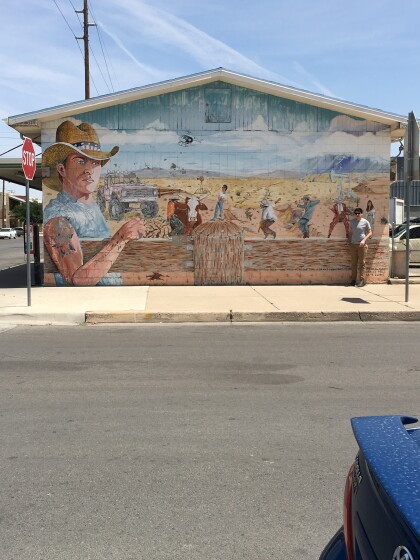
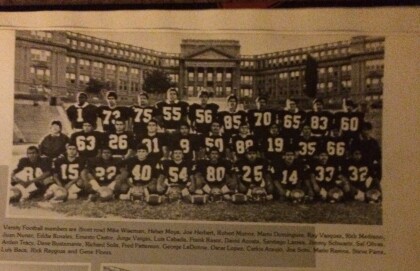

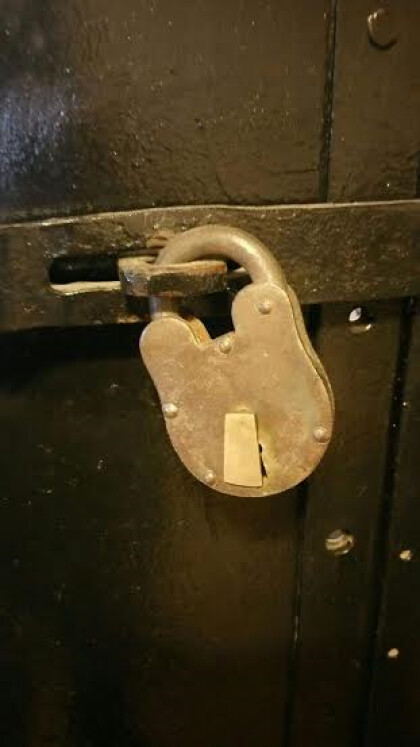
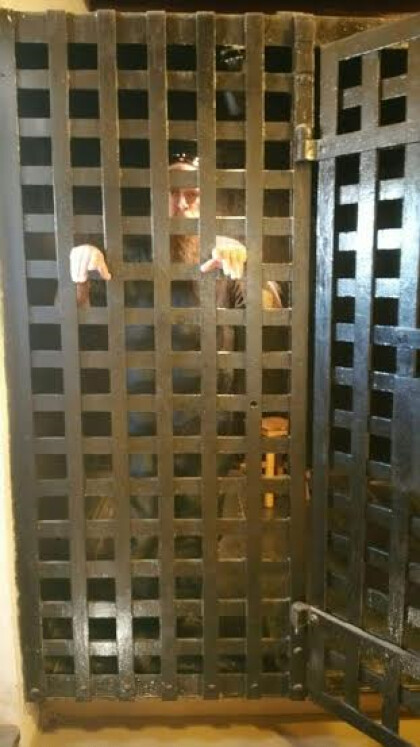
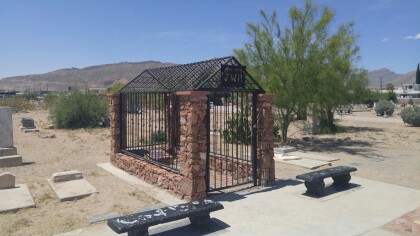
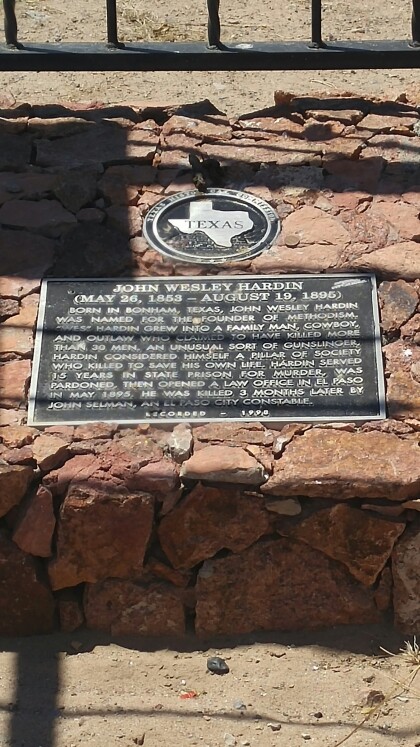
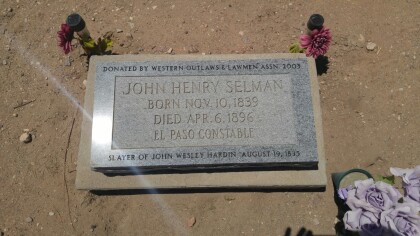
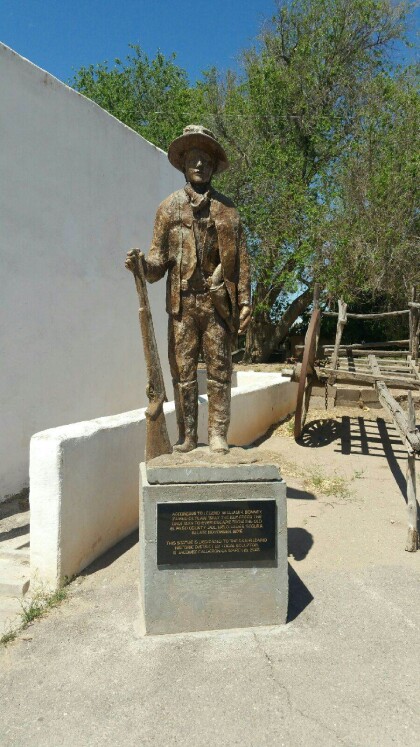
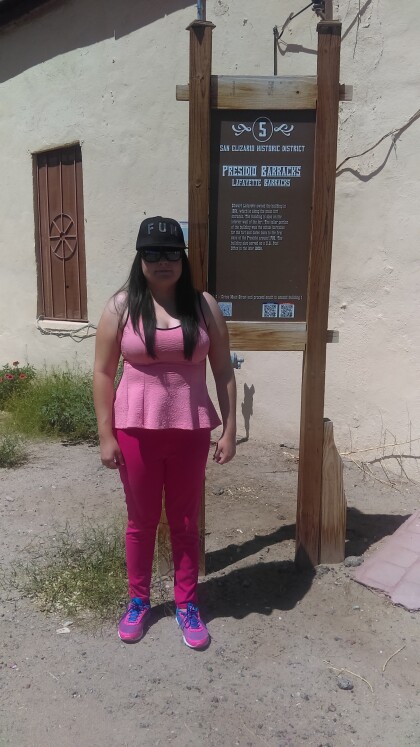
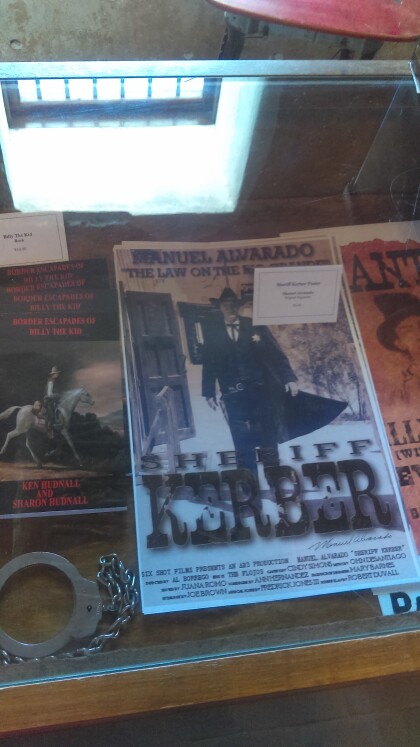
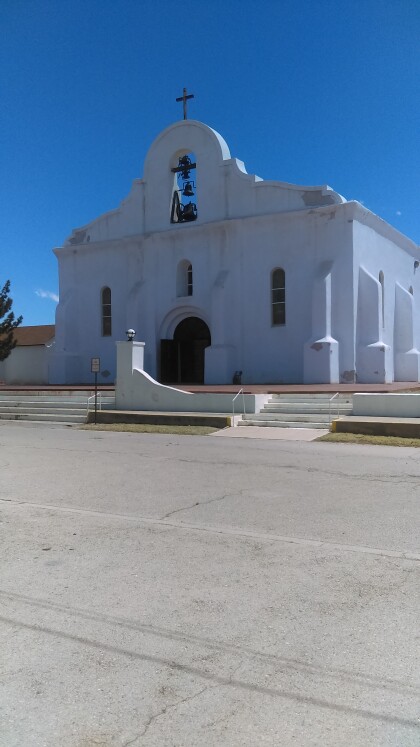
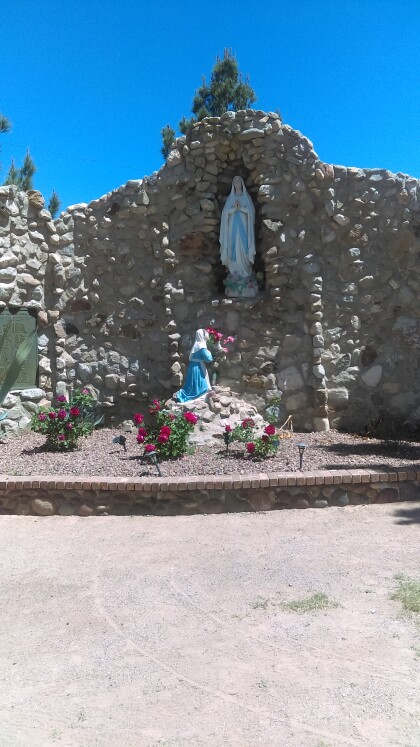
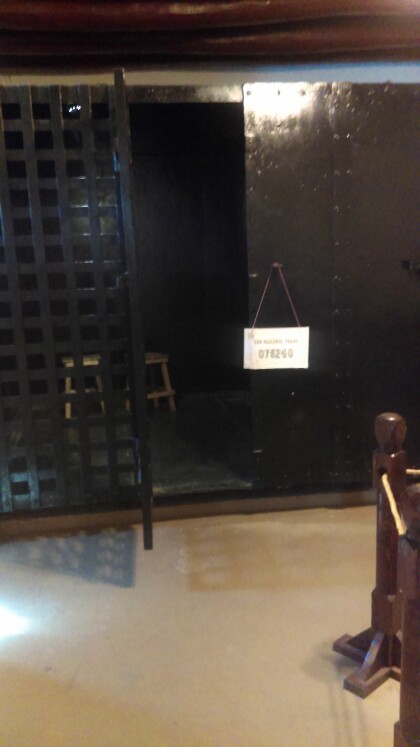
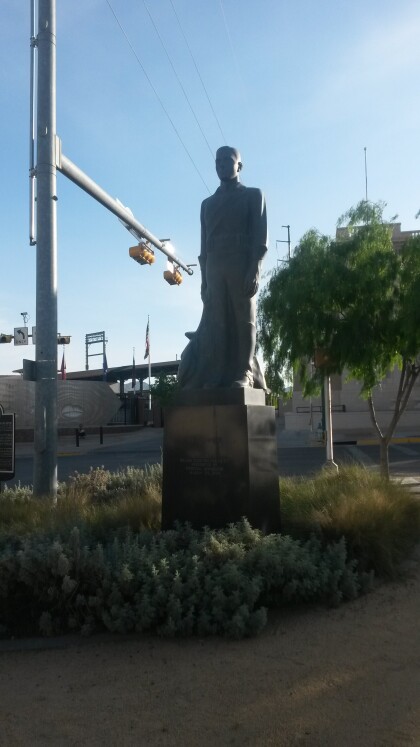
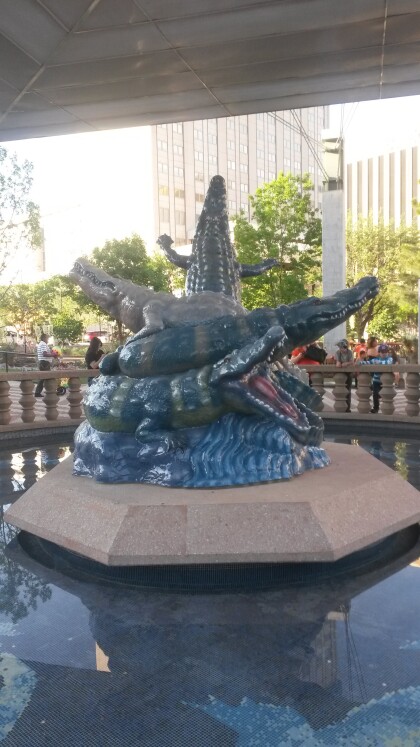
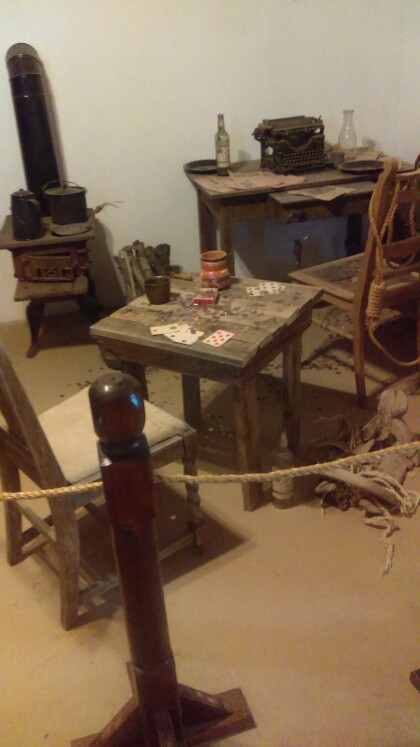
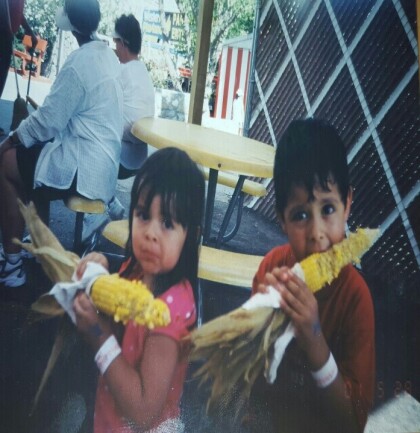
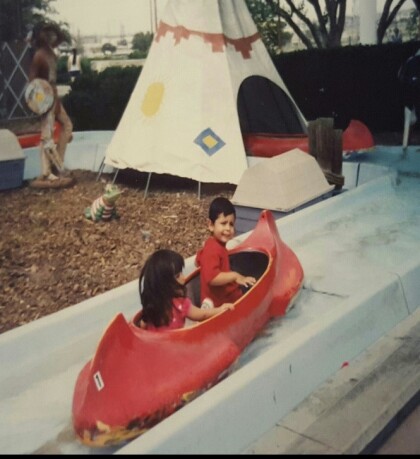
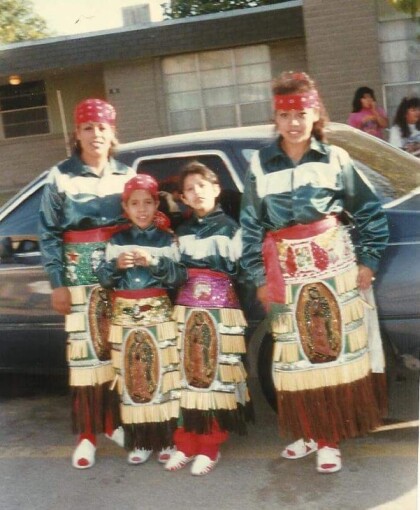
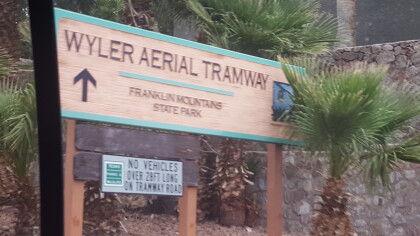
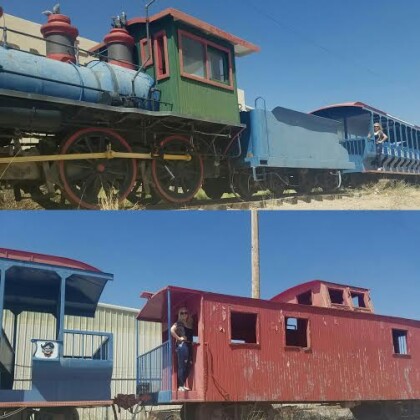
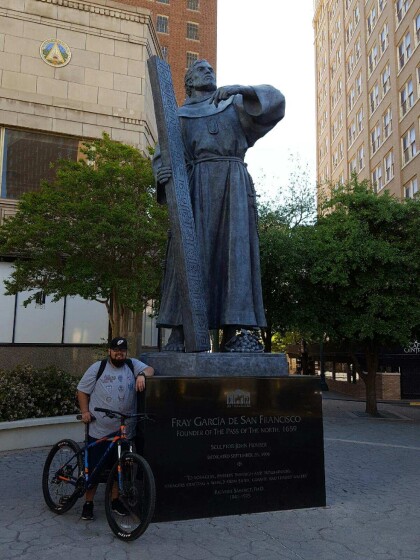
Comments
Add a comment